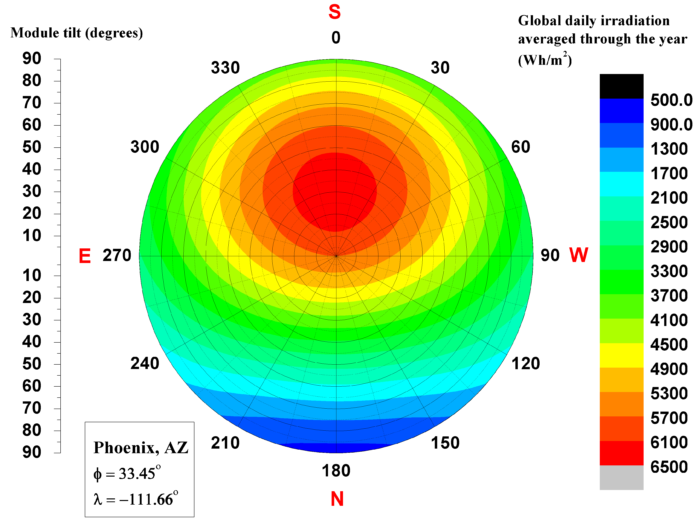Last Updated on August 10, 2023 by
Meteorological Year TMY data is a valuable resource for understanding the long-term climate patterns and designing energy-efficient systems in various industries. TMY data represents a synthesised set of meteorological variables, typically derived from historical weather data, which characterises the typical weather conditions of a specific location over a 12-month period. Analysing TMY data is crucial for making informed decisions related to energy consumption, building design, renewable energy projects, and more. In this article, we will outline ten essential steps to effectively analyse TMY data.
Step 1: Data Collection The first step is to get the chosen location’s TMY data from trustworthy sources such as the National Renewable Energy Laboratory (NREL) or other meteorological databases. Temperature, humidity, sun radiation, wind speed, and direction are common factors in TMY datasets.
Step 2: Data Preprocessing Clean the Meteorological Year TMY dataset by handling missing values, outliers, and erroneous entries. Data preprocessing ensures the accuracy and reliability of subsequent analyses.
Step 3: Exploratory Data Analysis (EDA) Perform EDA to gain initial insights into the data. Use visualisations like line plots, histograms, and scatter plots to observe patterns, trends, and seasonality in the meteorological variables.
Step 4: Temporal Analysis Conduct a temporal analysis to understand the diurnal, monthly, and seasonal variations in meteorological parameters. This analysis helps identify recurring patterns and extreme weather events throughout the year.
Step 5: Statistical Analysis Apply statistical techniques such as mean, median, standard deviation, and correlation to quantify the central tendencies and relationships between different meteorological variables.
Step 6: Energy Demand Analysis If the purpose of the TMY data analysis is to optimise energy consumption, perform an energy demand analysis. Correlate the meteorological variables with energy consumption data to identify how weather conditions influence energy needs.
Step 7: Renewable Energy Potential Assessment For renewable energy projects, evaluate the potential of solar energy (solar panels), wind energy (wind turbines), and other renewable sources based on the TMY data. Calculate energy generation estimates using relevant models.
Step 8: Building Performance Evaluation For architects and engineers, analyse TMY data to evaluate the energy efficiency of buildings. Use the data to optimise HVAC system design, insulation, and window placement.
Step 9: Climate Change Impact Assess the impact of climate change by comparing the TMY data from different years or decades. Observe any noticeable shifts in weather patterns and identify potential climate-related risks.
Step 10: Data Visualization and Reporting Present the findings of the TMY data analysis through comprehensive data visualisations, tables, and charts. Create a detailed report that highlights key insights and recommendations based on the analysis.
Apart from that, if you are interested to know about Harnessing the Power of Data then visit our Business category.


























